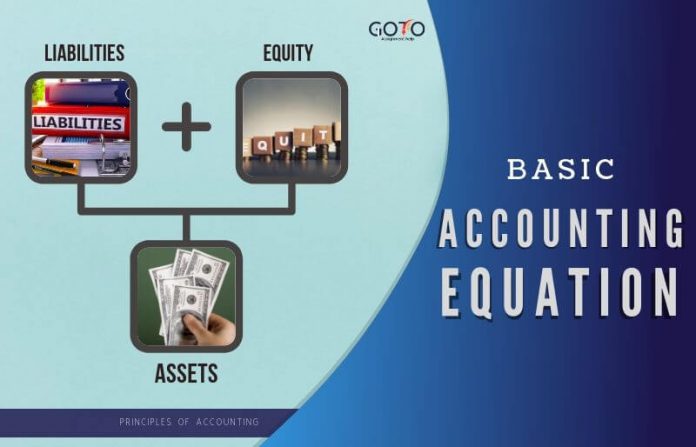1Win Türkiye
September 10, 2024Casibom, online kumarhane ve bahis piyasasında tanınmış bir platformdur. Türkiye menşeli bu site, geniş bir oyun ve bahis seçenekleri yelpazesiyle dikkat çeker. Çeşitli spor dalları, kumarhane oyunları ve canlı kumarhane alternatifleri sunmasıyla bilinir.
September 10, 2024
The third part of the accounting equation is shareholder equity. The revenue a company shareholder can claim after debts have been paid is Shareholder Equity. The accounting equation states that the amount of assets must be equal to liabilities plus shareholder or owner equity. On 5 January, Sam purchases operations management for dummies cheat sheet merchandise for $20,000 on credit. As a result of the transaction, an asset in the form of merchandise increases, leading to an increase in the total assets. At this point, let’s consider another example and see how various transactions affect the amounts of the elements in the accounting equation.
How to Build Conflict Resolution Skills: Case Studies and Examples
They were acquired by borrowing money from lenders, receiving cash from owners and shareholders or offering goods or services. On 28 January, merchandise costing $5,500 are destroyed by fire. The effect of this transaction on the accounting equation is the same as that of loss by fire that occurred on January 20.
Part 2: Your Current Nest Egg
- It specifically highlights the amount of ownership that the business owner(s) has.
- For example, when a company borrows money from a bank, the company’s assets will increase and its liabilities will increase by the same amount.
- We also show how the same transaction affects specific accounts by providing the journal entry that is used to record the transaction in the company’s general ledger.
- The assets of the business will increase by $12,000 as a result of acquiring the van (asset) but will also decrease by an equal amount due to the payment of cash (asset).
Examples of assets include, but are not limited to, cash, equipment, and accounts receivable. This refers to the owner’s interest in the business or their claims on assets after all liabilities are subtracted. It is important to remember that the total of all assets has to equal the total of liabilities and equity. This is what ensures that every transaction makes sense and there will always be an entry on both sides of each transaction.
What is equity?
A lender will better understand if enough assets cover the potential debt. Essentially, the representation equates all uses of capital (assets) to all sources of capital, where debt capital leads to liabilities and equity capital leads to shareholders’ equity. To see this report showing the accounting equation, check out the lesson on the balance sheet. The Accounting Equation is a vital formula to understand and consider when it comes to the financial health of your business.
Thus, the accounting equation is an essential step in determining company profitability. The accounting equation plays a significant role as the foundation of the double-entry bookkeeping system. The primary aim of the double-entry system is to keep track of debits and credits and ensure that the sum of these always matches up to the company assets, a calculation carried out by the accounting equation. It is based on the idea that each transaction has an equal effect. It is used to transfer totals from books of prime entry into the nominal ledger. Every transaction is recorded twice so that the debit is balanced by a credit.

That’s why you’re better off starting with double-entry bookkeeping, even if you don’t do much reporting beyond a standard profit and loss statement. The accounting equation is so fundamental to accounting that it’s often the first concept taught in entry-level courses. It offers a quick, no-frills answer to keeping your assets versus liabilities in balance. Assets represent the valuable resources controlled by a company, while liabilities represent its obligations.
The articles and research support materials available on this site are educational and are not intended to be investment or tax advice. All such information is provided solely for convenience purposes only and all users thereof should be guided accordingly. The merchandise would decrease by $5,500 and owner’s equity would also decrease by the same amount.
Let’s take a look at the formation of a company to illustrate how the accounting equation works in a business situation. Liabilities are the amounts of money the company owes to others. Think of liabilities as obligations — the company has an obligation to make payments on loans or mortgages or they risk damage to their credit and business. Assets typically hold positive economic value and can be liquified (turned into cash) in the future. Some assets are less liquid than others, making them harder to convert to cash. For instance, inventory is very liquid — the company can quickly sell it for money.

